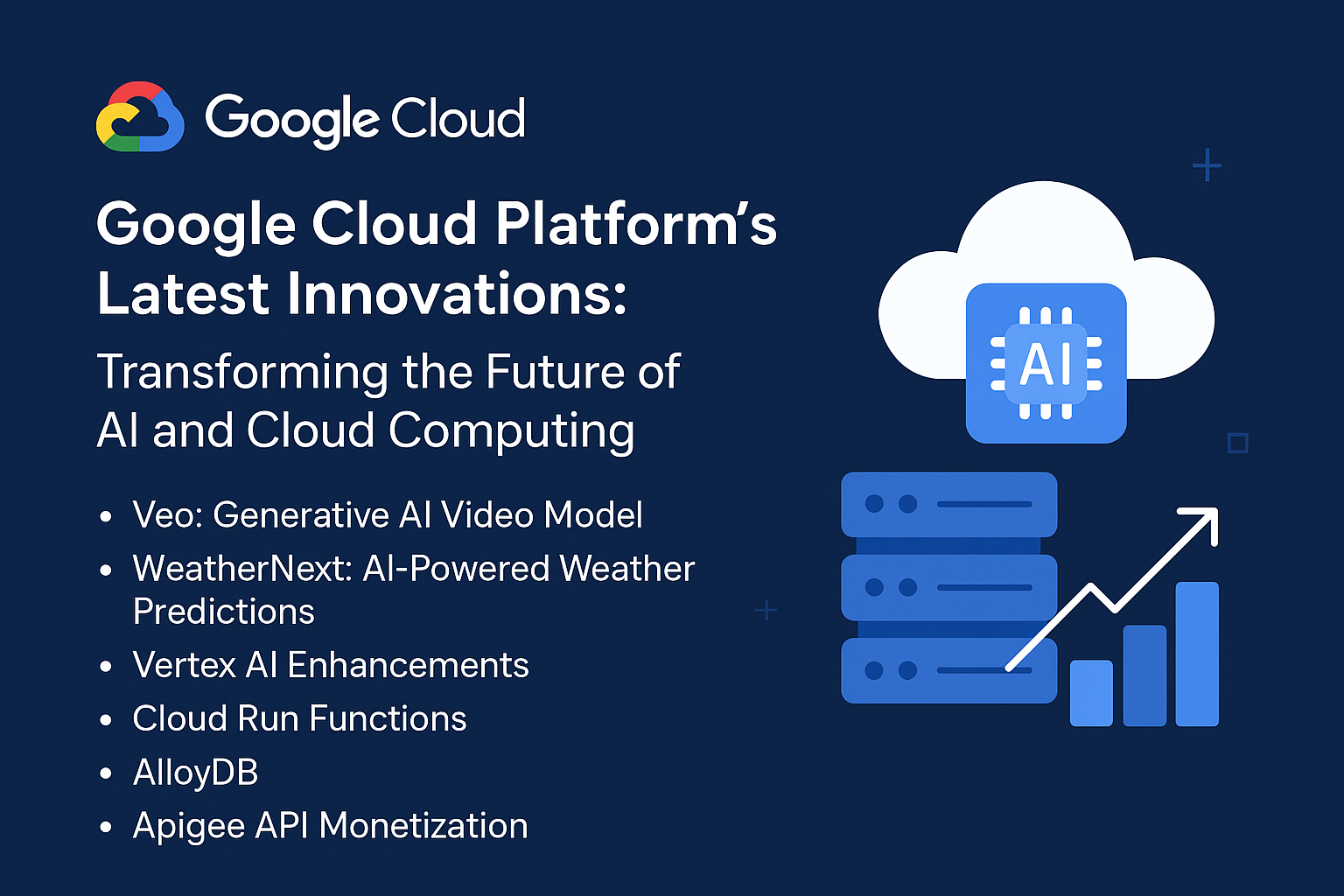Table of Contents: The Role of AI in Predictive Maintenance for Manufacturing
- Introduction to Predictive Maintenance
- Importance of Predictive Maintenance in Manufacturing
- How AI Enhances Predictive Maintenance
- Machine Learning Algorithms
- Data Collection and Analysis
- Key Technologies in AI for Predictive Maintenance
- Internet of Things (IoT)
- Cloud Computing
- Big Data Analytics
- Benefits of AI in Predictive Maintenance
- Reduced Downtime
- Cost Efficiency
- Enhanced Equipment Life Cycle
- Improved Safety
- Challenges and Considerations in Implementing AI-Based Predictive Maintenance
- Data Quality and Integration
- Skillset and Training Requirements
- Initial Investment and ROI
- Case Studies of AI in Predictive Maintenance for Manufacturing
- General Electric (GE) and Wind Turbines
- Siemens and Industrial Equipment
- Future Trends and Innovations
- Advanced AI Algorithms and Edge Computing
- Autonomous Systems and AI Integration with Robotics
- Conclusion
1. Introduction to Predictive Maintenance
Predictive maintenance (PdM) refers to a proactive approach where the condition of manufacturing equipment is continuously monitored, and maintenance is scheduled based on data analysis rather than relying on predetermined schedules or reactive methods. The main goal is to predict failures before they happen and to minimize downtime.
Resource Links:
2. Importance of Predictive Maintenance in Manufacturing
Predictive maintenance is critical in manufacturing because it allows for significant improvements in operational efficiency. It reduces unplanned downtimes, extends the lifespan of equipment, and improves productivity. Predictive maintenance enables manufacturers to optimize asset utilization and minimize unnecessary repairs or parts replacement.
Resource Links:
3. How AI Enhances Predictive Maintenance
AI, particularly machine learning (ML), plays a crucial role in predictive maintenance by enabling systems to continuously learn from operational data, predict when and where failures are likely to occur, and recommend optimal maintenance actions.
Machine Learning Algorithms
Machine learning algorithms analyze vast amounts of data gathered from equipment sensors to detect patterns that are indicative of potential failures. These algorithms can improve over time, getting more accurate as they process more data.
Data Collection and Analysis
AI models rely on real-time data from sensors embedded in machinery, which track various metrics like temperature, vibration, and pressure. This data is then processed and analyzed to predict potential failures.
Resource Links:
4. Key Technologies in AI for Predictive Maintenance
Several key technologies enable AI-driven predictive maintenance solutions in manufacturing:
Internet of Things (IoT)
IoT devices and sensors are used to monitor machinery in real-time, feeding vast amounts of data back to AI systems for analysis.
Cloud Computing
Cloud computing platforms store and process the data from IoT devices, enabling scalable and efficient predictive maintenance solutions.
Big Data Analytics
Big data analytics helps process large volumes of data gathered from various machines, ensuring AI systems have accurate insights into the operational health of equipment.
Resource Links:
5. Benefits of AI in Predictive Maintenance
AI-driven predictive maintenance offers several advantages to manufacturing operations:
Reduced Downtime
By predicting failures before they happen, AI minimizes unplanned downtime, which can be costly and disruptive.
Cost Efficiency
Predictive maintenance helps avoid expensive emergency repairs by enabling maintenance to be performed just when needed, reducing over-maintenance or under-maintenance costs.
Enhanced Equipment Life Cycle
AI helps improve asset longevity by ensuring maintenance is done only when necessary, preventing unnecessary wear and tear.
Improved Safety
Predictive maintenance ensures machines are in optimal working condition, reducing the risk of dangerous malfunctions.
Resource Links:
6. Challenges and Considerations in Implementing AI-Based Predictive Maintenance
While AI-based predictive maintenance offers many benefits, some challenges need to be addressed:
Data Quality and Integration
The success of AI systems depends heavily on the quality and accuracy of the data. Integrating data from various sources and ensuring its quality can be challenging.
Skillset and Training Requirements
Employees need specialized skills to interpret AI insights and operate the predictive maintenance systems. Continuous training is essential.
Initial Investment and ROI
Implementing AI-driven predictive maintenance systems requires a significant initial investment. The return on investment (ROI) may take time, which could be a challenge for smaller manufacturers.
Resource Links:
7. Case Studies of AI in Predictive Maintenance for Manufacturing
Several manufacturers have successfully implemented AI-based predictive maintenance programs.
General Electric (GE) and Wind Turbines
GE uses AI and predictive maintenance to monitor and predict failures in wind turbines, allowing them to reduce downtime and improve efficiency.
Siemens and Industrial Equipment
Siemens uses AI in predictive maintenance to monitor its industrial equipment, reducing downtime and improving operational efficiency in factories.
Resource Links:
8. Future Trends and Innovations
The future of predictive maintenance will likely see more advanced AI algorithms, the integration of edge computing for real-time analysis, and the convergence of robotics and AI for fully autonomous systems that predict and repair faults without human intervention.
Advanced AI Algorithms and Edge Computing
Future systems will use AI algorithms capable of real-time fault prediction and resolution, powered by edge computing that allows processing data locally at the machine level.
Autonomous Systems and AI Integration with Robotics
AI-powered autonomous robots will assist with predictive maintenance by automatically diagnosing and repairing equipment.
Resource Links:
9. Conclusion
AI is revolutionizing predictive maintenance in manufacturing by enhancing predictive accuracy, reducing downtime, and optimizing operational efficiency. As technology advances, manufacturers will continue to see the transformative potential of AI in predictive maintenance, further driving innovation and profitability in the sector.
Resource Links:

